Ministry of Economic Affairs 26.1.2021 | National Battery Strategy 2025 (external link)
A Ministry of Economic Affairs and Employment release on the Finnish national strategy regarding lithium-ion batteries, which generated worldwide interest.


![Worldwide rankings of the top 30 countries involved in global lithium-ion battery supply chain [1].](/sites/default/files/styles/2_3_288w_125h_d/public/2022-11/BNEF-Figure-1-2022-Global-Lithium-ion-Battery-Supply-Chain-Ranking.png?h=7277762c&itok=SjakKDYN)
Business Finland's 2021 release on Finland's National Battery Strategy and The Ministry of Economic Affairs' 2024 National Mineral Strategy will guide Finnish decision-making in the future. In 2025, GTK has published the National Exploration Program, intended to aid decision-making in the European Commission. Take a look!
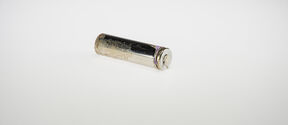
A Ministry of Economic Affairs and Employment release on the Finnish national strategy regarding lithium-ion batteries, which generated worldwide interest.

On December 19, 2024, the Ministry of Economic Affairs and Employment of Finland published the country's new National Mineral Strategy, which outlines the future of sustainable and responsible exploitation of minerals.
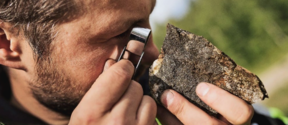
GTK has published the national exploration program, required under the Critical Raw Materials Act.

Finland claims the top spot as the most attractive location for global mining investments in the Fraser Institute's 2024 survey of mining companies.

A new research report by the Geological Survey of Finland (GTK) presents an assessment of Finland’s current and prospective contribution to the European battery value chain.
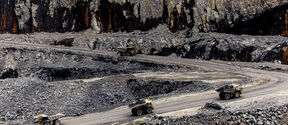
According to Business Finland, Finland could grow faster than the market in the fields of mineral recycling and circular economy. However, this requires investments.

Finnish listed companies are pioneers in advancing the circular economy in the Nordic region.
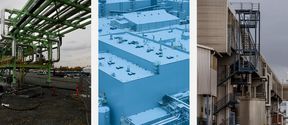
The Finnish battery industry is still in early stages. Article lists related companies and their financial growth. Article in Finnish.

Analysis of metal availability and the profitability of old geological surveys. Article in Finnish.

Finland holds critical raw materials to be mined, refined or recycled according to EU's interests. Article in Finnish.

The need for mines has increased with the electrification of vehicles and the shift to green energy sources. Article in Finnish.
![Worldwide rankings of the top 30 countries involved in global lithium-ion battery supply chain [1].](/sites/default/files/styles/2_3_288w_125h_d/public/2022-11/BNEF-Figure-1-2022-Global-Lithium-ion-Battery-Supply-Chain-Ranking.png?h=7277762c&itok=SjakKDYN)
BloombergNEF (BNEF) has ranked Finland as 4th worldwide and 1st Europewide in their lithium-ion battery supply chain ranking.
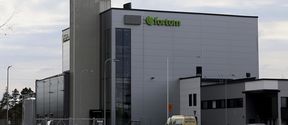
Through hydrometallurgical means, battery waste will be recycled with an expected input capacity of 30 000 tons by 2027. The production is scheduled to begin in 2025.

Article in Finnish.

English article also available on Mining Weekly: https://www.miningweekly.com/article/metso-outotec-to-provide-soda-pressure-leaching-technology-for-keliber-refinery-2022-12-19

Finland's National Battery Strategy and BATCircle featured in Forbes Japan

Article in Korean.
News articles and other content featuring the BATCircle consortium.

A recording of the BATCircle3.0 kickoff seminar held in Otaniemi, Espoo, on the 1st of April 2025.

Webinar about "win-win ecosystems" related to BATCircle2.0. Join with link: https://aalto.zoom.us/j/65074785901

Article in Finnish.
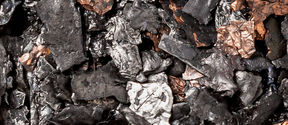
Assistant Professor Rodrigo Serna (Aalto University) and Associate Research Professor Simon Michaux (GTK) were interviewed by Kauppalehti about the demand and deficiency of battery minerals and metals.
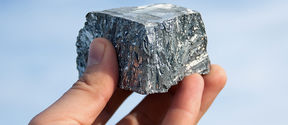
National Audit Office of Finland (NAOF/VTV) has published a report on sustainable mining in Finland. The report is in Finnish.
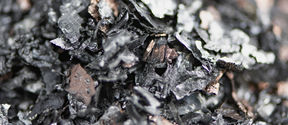
A news piece on Mining.com on the new study by Rinne et al.

A Phys.org news piece on the new study by Rinne et al.

T&T featured BATCircle in its article about battery waste recycling (in Finnish).

Prof. Mari Lundström (Aalto University) discussed battery production and recycling in Finland at Yle Ykkösaamu (in Finnish).

Marja Rinne (Aalto University) visited the DNA Tulevaisuustehdas video series to discuss battery recycling. Content in Finnish.

Prof. Mari Lundström was interviewed by Tekniikan Maailma (in Finnish).

Article about the BATCircle consortium (in Finnish).

Helsingin Sanomat wrote about the Finnish battery industry (in Finnish).
News articles and important announcements featuring BATCircle consortium commercial partners.

Fortum plans to increase the battery recycling capacity in Harjavalta nearly tenfold. The final investment decision has not yet been made.

Grafintec is planning a €675 million investment close to the CAM plant, which is already under construction.

Spring 2025 brings new opportunities for Finnish actors in the battery space, as Horizon Europe will open to funding applications in May.

Finland is trying to find more sustainable and efficient ways to produce lithium. There are reserves in Europe, but often, the obstacle is opposition to mining or poor profitability.

Through hydrometallurgical means, battery waste will be recycled with an expected input capacity of 30 000 tons by 2027. The production is scheduled to begin in 2025.

The two companies are figuring out if Finland can support the use of small modular reactors and if it could be used in Tornio. Articles in Finnish.
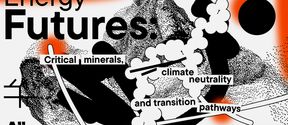
An exhibition on energy transitions and the challenges and solutions driving our response to the global energy crisis across research and industry on 16.3 in Dipoli, Otaniemi.
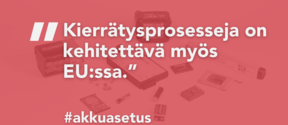
Prof. Lundström comments on small-sized lithium battery recycling in EU. Article in Finnish.
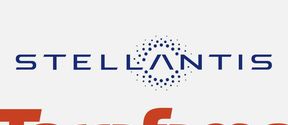
5-year contract with Stellantis starts in 2025. Article in Finnish.
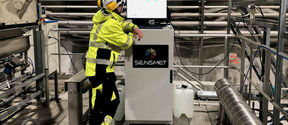
Sensmet's µDOES performs fast online analysis, and was piloted in Keliber's lithium production.

Competence in metallurgy is needed as the energy transition increases the demand for metals, and the reuse of materials requires new competence.

English article also available on Mining Weekly: https://www.miningweekly.com/article/metso-outotec-to-provide-soda-pressure-leaching-technology-for-keliber-refinery-2022-12-19

The European Commission has approved under EU State aid rules an Important Project of Common European interest (“IPCEI”) to support research and innovation in the common European priority area of batteries.

The City of Vaasa and Johnson Matthey have signed a Common Letter of Intent on 2 April 2021. The front-end engineering design for the battery value chain operator Johnson Matthey’s commercial plant in Vaasa has begun. The plant is planned to be in operation in 2024.

BATCircle members appointed to the executive board and association delegation of Batteries European Partnership Association (BEPA)

The Commission has approved a second Important Project of Common European Interest (“IPCEI”) to support research and innovation in the battery value chain.

The carbon footprint is altogether 60% lower than in existing conventional processes.